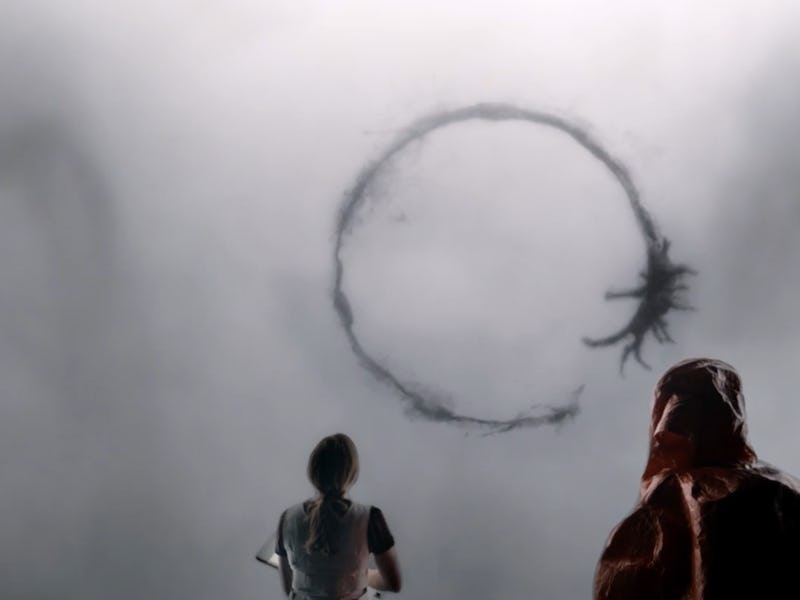Few people on this planet have spent as much time investigating intelligent extraterrestrials than Center for SETI Research director Seth Shostak. So when the Mountain View, California-based scientist has something to say about what aliens might look like and how they might behave, it’s a good idea to listen. And currently, Shostak is saying, the new sci-fi film Arrival’s depiction of a squid-like alien civilization greeting us Earthlings is, for the most part, refreshing, although a bit silly as well.
In a new blog post on the SETI Institute’s website, Shostak gives Arrival a mostly positive review, saying it’s “unconventional style is both understated and cerebral. This is not a shoot-‘em-up alien flick; rather, the makers have emphasized empathy and character development, an approach that may disappoint middle school boys, but is refreshing for the rest of us.”
Shostak gives the movie props for giving us a race of aliens that seek humanity for reasons other than to inflict death and destruction, and for weaving in some bigger ideas about the nature of communicating and interacting with a race of beings hailing from another world. “There’s a faint hint of reality in this,” he writes, “because honest-to-goodness academics have thought about how we might deal with the language problem should our radio telescopes pick up a signal from another world.”
The biggest line of criticism in Shostak’s post deals with the physiological depiction of the aliens themselves: squid-like heptapods. “While it’s not a certainty that these aliens are sea creatures,” writes Shostak, “that seems a good bet. After all, they have tentacles and a pair of arms that can mess up the furniture by belching gallons of ink.”
With a little more wry humor, he goes on: “I figure that, given their unthreatening behavior, they’re vulnerable to ending up as delicacies at Japanese restaurants. Best estimate: at least two thousand sushi rolls per alien…How refreshing to think that visitors from another world have landed, and the cookbook applies to them.”
Fair enough, Seth, we get your point. But his thoughts on what aliens who contact us might look like aren’t limited to just a few barbs about the incredulity of sea-creature type features. At the Dent:Space conference in San Francisco in September, Shostak discussed his belief that an extraterrestrial species that is technological far enough to contact us would likely have moved beyond organic biology, and become defined by machine intelligence.
“Maybe it takes to 2100, or 2150, or 2250. It doesn’t matter,” Shostak said. “The point is, any society that invents radio, so we can hear them, within a few centuries, they’ve invented their successors. And I think that’s important, because the successors are machines.
“It’ll be like — you build a four-cylinder engine. You put it in a horse to get a faster horse. And pretty soon you say, ‘Look, let’s get rid of the horse part and just build a Maserati.”
That may be Shostak’s real issue with the aliens in Arrival — they still possess too much flesh and blood, and not enough wire and metal.
